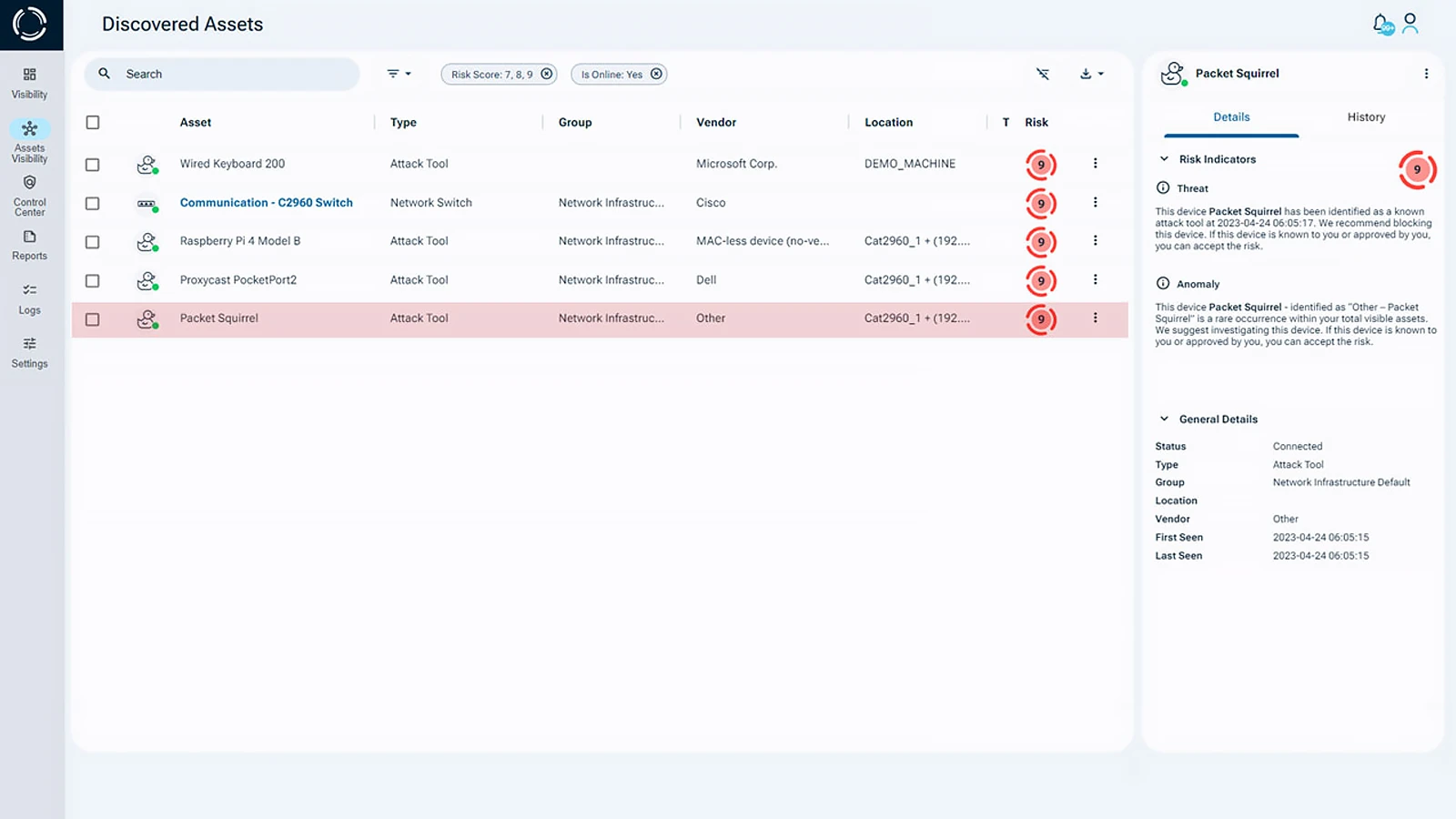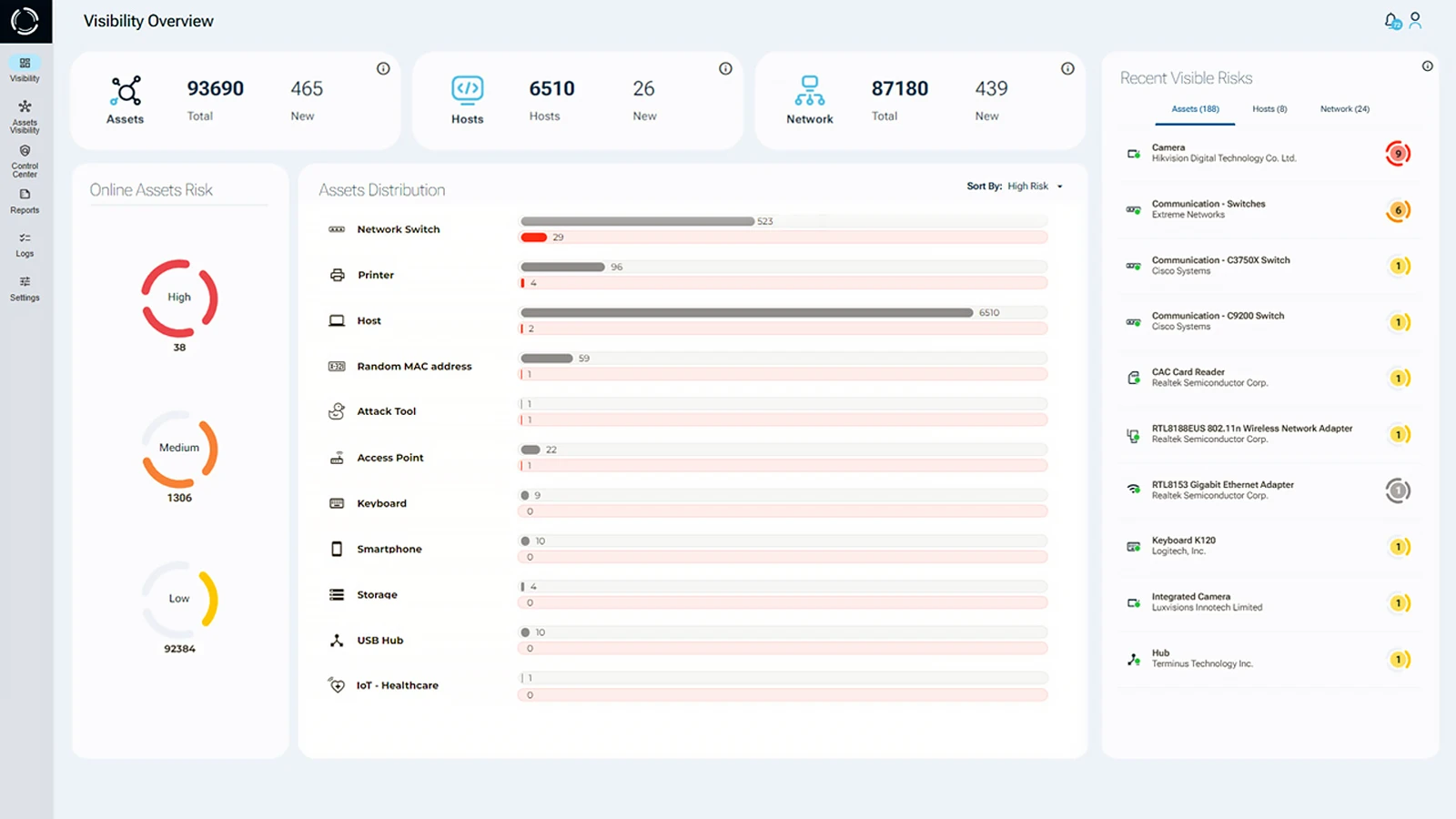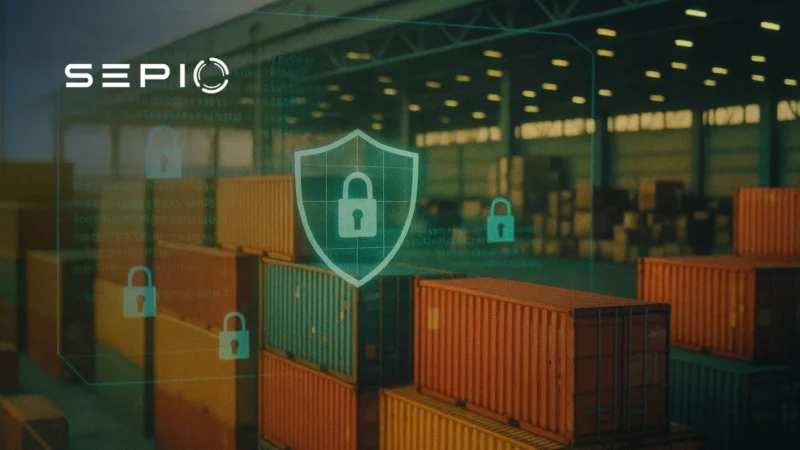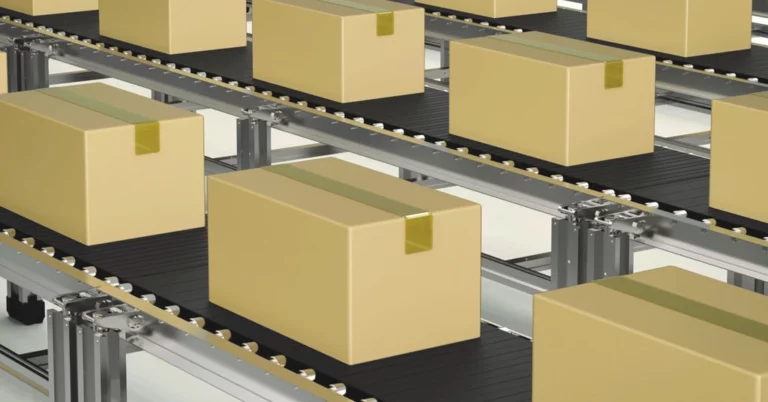Cybersecurity Supply Chain Risk Management
Cybersecurity supply chain risk management is essential for protecting your organization’s infrastructure, data, and operations from evolving cyber threats. As supply chains become more interconnected and digitized, vulnerabilities extend beyond internal systems to third-party vendors, logistics partners, and service providers.
A single weak link in the supply chain, whether due to poor cybersecurity practices, outdated technology, or human error, can expose the entire organization to attacks. Effective cybersecurity supply chain risk management ensures consistent, proactive defense across every stage of your digital and physical supply chain.
Why Cybersecurity Supply Chain Risk Management Matters?
Today’s supply chains are complex, spanning multiple stakeholders and digital platforms. Many suppliers still rely on legacy systems or fail to implement robust cybersecurity protocols. This creates significant risks, cybercriminals target these weak points to gain access to more secure, high-value targets upstream.
Cybersecurity supply chain risk management isn’t just a compliance requirement, it’s a foundational business necessity. By securing not only internal systems but also external connections, organizations can reduce exposure, maintain operational continuity, and protect sensitive data.
The Role of Human Error in Supply Chain Security
Human error remains one of the biggest threats to supply chain cybersecurity. Many breaches stem from unintentional actions, such as connecting unauthorized devices or opening phishing emails. A single lapse can compromise an entire supply chain network.
To reduce these risks, organizations must prioritize employee education. This includes training on cyber hygiene, secure device usage, and the importance of maintaining an accurate asset inventory. Even everyday decisions, like keeping work devices for work use only, can significantly impact supply chain security.
A security-aware workforce is your first line of defense against both digital and hardware-based threats.
The Impact of Remote Work on Supply Chain Cybersecurity
The shift to remote work has introduced new challenges in cyber security supply chain risk management, particularly impacting logistics and transportation security. With fewer employees monitoring systems on-site, vulnerabilities often go unnoticed. Additionally, many supply chain workers lack cybersecurity training, increasing the risk of accidental breaches caused by human error.
Moreover, the rapid shift to remote operations led many organizations to adopt remote access solutions without proper security controls. This has contributed to a surge in attacks targeting remote infrastructure, partners, and digital supply chain nodes.
Mitigating these risks requires secure remote access tools (VPNs, IDS, antivirus), clear policies, and continuous monitoring.
Core Strategies to Strengthen Supply Chain Cybersecurity
To protect your organization and its extended ecosystem, apply these best practices:
- Invest in Security Software: Deploy cybersecurity solutions with 24/7 system monitoring to detect and respond to threats in real time.
- Restrict Non-Critical Systems: Minimize online exposure by limiting network access to essential systems, reducing potential supply chain vulnerabilities.
- Strengthen Vendor Security: Ensure suppliers follow cybersecurity best practices to prevent weak links in the supply chain network.
- Implement Multi-Factor Authentication (MFA): Require MFA for all remote access points to enhance system security.
- Monitor Continuously: Use automated tools to track devices, connections, and activity across your environment.
- Train and Educate Employees: Build a security-first culture by teaching cybersecurity best practices at all levels.
Explore additional guidance from the NCSC and NIST for deeper supply chain risk management insights.
How Sepio Helps with Cybersecurity Supply Chain Risk Management
Sepio strengthens your cybersecurity supply chain risk management strategy through unmatched asset visibility and real-time threat mitigation. Unlike conventional solutions, Sepio detects rogue hardware components, such as spoofed devices, malicious peripherals, and hardware attack tools, that can be stealthily introduced during manufacturing, shipping, or integration phases of the supply chain.

These covert devices, often overlooked by traditional software-based tools, pose a serious threat by mimicking legitimate peripherals or exploiting USB and network interfaces to bypass security controls. Sepio’s hardware fingerprinting technology instantly identifies such non-compliant or rogue devices, ensuring that only trusted hardware operates within your environment.

Key Features of Sepio’s Asset Risk Management
- Comprehensive Asset Visibility: Sepio provides complete visibility of all connected assets on your network, including devices connected via USB or network interfaces.
- Hardware-Based Risk Assessment: The platform evaluates the risk associated with each hardware asset, identifying potential vulnerabilities and threats from malicious devices (Hardware Cyber Security).
- Real-Time Supply Chain Risk Management: Sepio offers robust risk management capabilities for all hardware assets. It detects and mitigates risks in real time. This ensures that your infrastructure remains secure (Asset Risk Management).
- Detection and Mitigation of Malicious Assets: Sepio detects risks from malicious assets within enterprise environments. It also mitigates these risks, covering a wide array of devices for comprehensive protection.
- Blocking and Control Options: Sepio can block each USB port, immediately disabling risky assets upon connection. This real-time blocking capability is crucial for preventing potential security breaches (Preventing USB Attacks).
- Policy Configuration: Users can easily configure granular policies tailored to their specific needs or choose Sepio’s default settings, effectively managing and controlling the use of USB and network interfaces.
Secure Your Supply Chain with Sepio
Don’t leave your organization exposed to supply chain cybersecurity risks. Implement a proactive cyber security supply chain risk management strategy with Sepio’s advanced protection solutions. Gain complete asset visibility, mitigate threats in real time, and strengthen your cybersecurity posture against evolving risks.
Take control of your supply chain security today. Schedule a demo to discover how Sepio can help protect your assets and ensure a resilient, threat-free supply chain.






